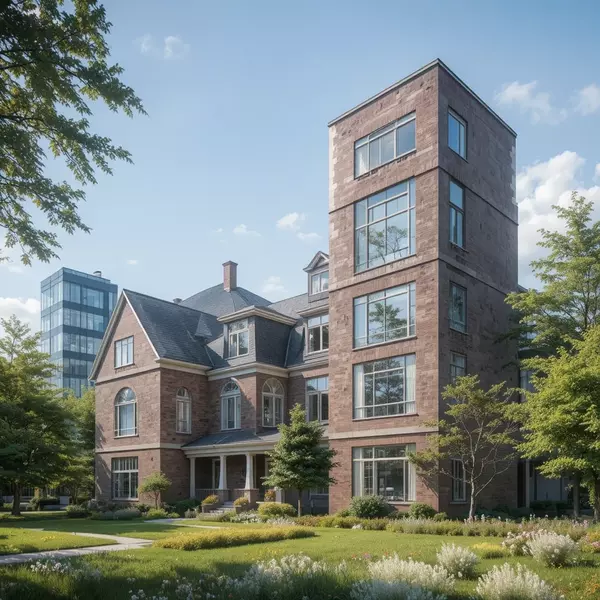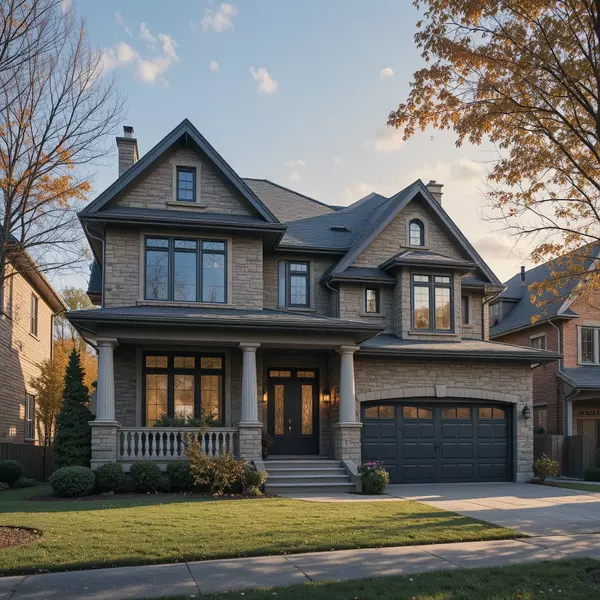Single-Family vs. Multi-Family Investments: Which Is Better


Choosing between single-family and multi-family properties is an important decision for real estate investors. Each option offers unique advantages, challenges, and financial outcomes. Understanding the differences can help you choose an investment strategy that aligns with your goals, whether you want steady rental income, strong appreciation, or faster portfolio growth.
Single-family properties are often appealing because they typically have a lower cost of entry. They are generally easier to finance, and lenders usually offer more favorable terms. Managing these properties is also simpler since you only deal with one tenant and one lease. Maintenance issues tend to be minimal compared to managing multiple units, making this a comfortable choice for beginners.
However, single-family investments also carry certain limitations. If your tenant moves out, you lose all rental income until a new tenant moves in. Cash flow potential is usually smaller because there is only one source of rent. Additionally, scaling a portfolio built on single-family homes requires purchasing and managing several separate properties, which can increase effort, time, and long term expenses.
Multi-family properties offer compelling benefits, especially for investors focused on cash flow and growth. With multiple units in one building, you benefit from several rental income streams. Even if a unit becomes vacant, the other units continue generating revenue. Operating costs such as maintenance and management can be shared across all units, lowering the overall cost per unit and improving profitability.
Financing a multi-family property often requires more capital and may involve stricter approval requirements. Managing multiple tenants also demands more time and organization, from handling maintenance to addressing tenant concerns. Despite this added complexity, multi-family properties provide greater scalability because you acquire multiple income producing units with one purchase.
Ultimately, the best choice depends on your goals, experience level, and financial capacity. Single-family homes are ideal for investors seeking simplicity, easier management, and lower risk. Multi-family properties are better suited for those who want stronger cash flow, greater resilience, and the ability to scale quickly. Understanding the strengths and trade offs of each option will help you make a confident and profitable investment decision.
Categories
Recent Posts











